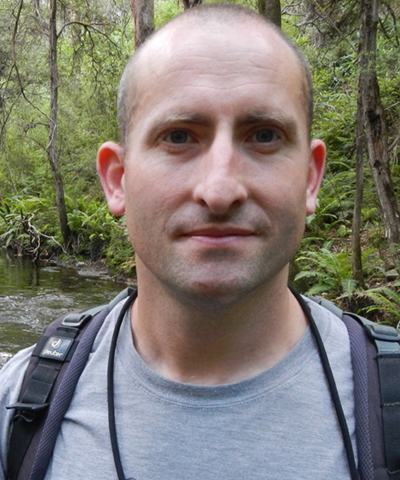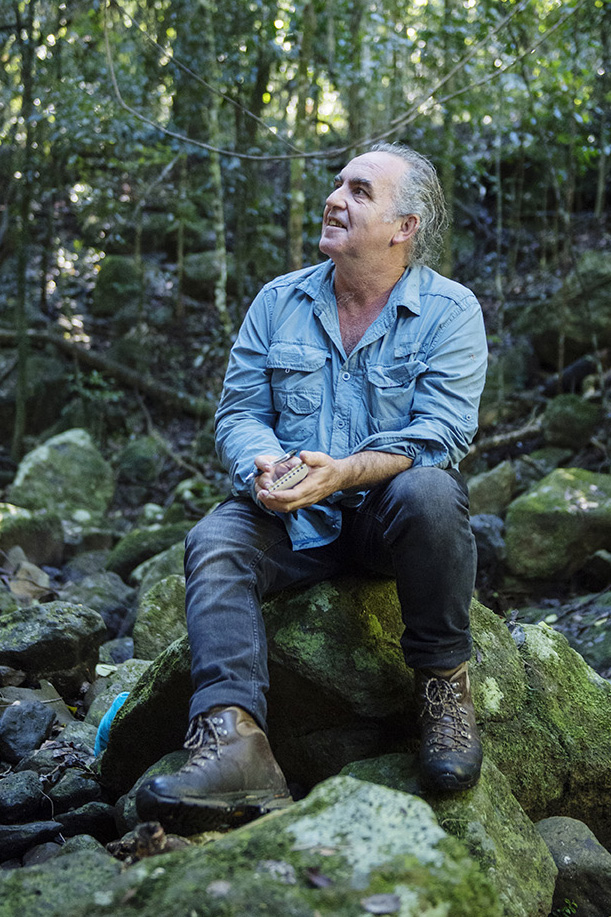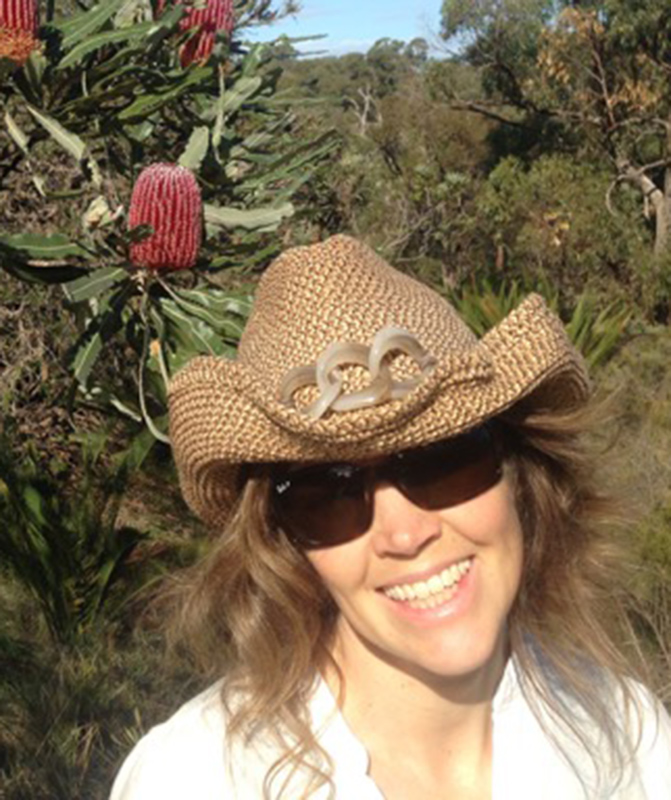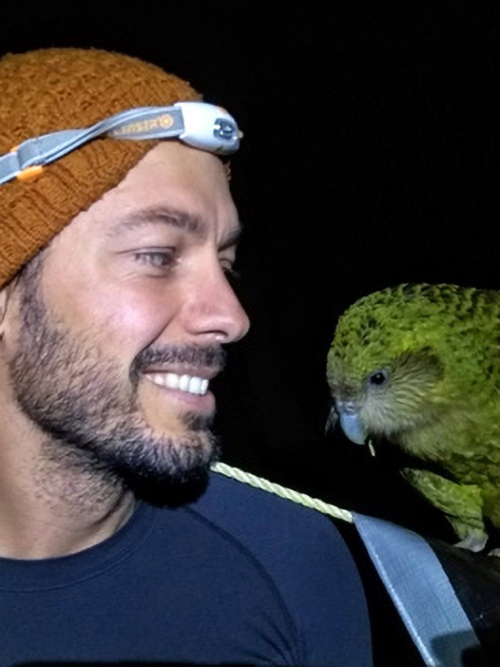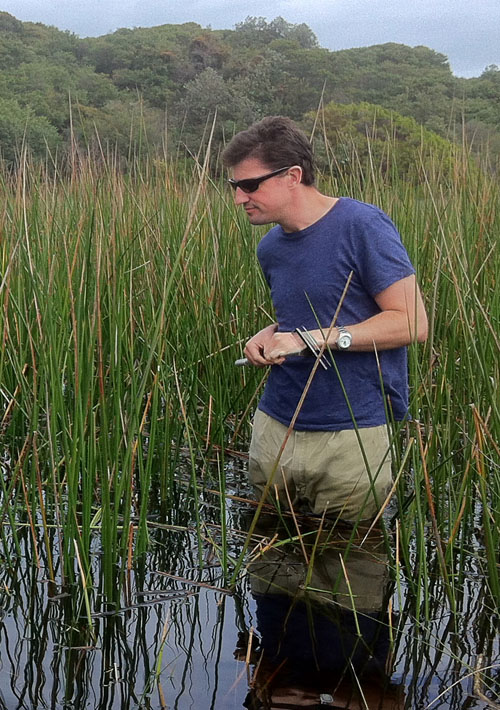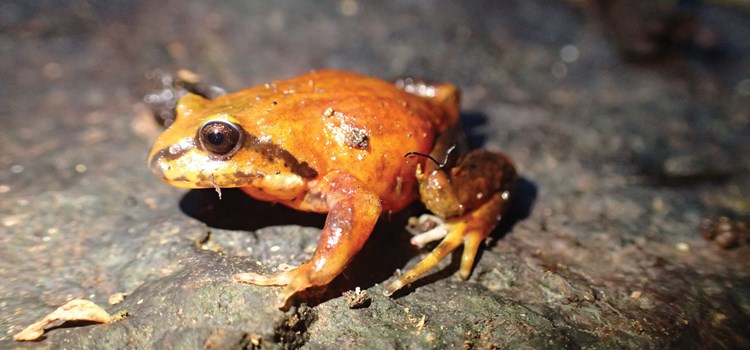
Project: 8.1.3
Post-fire impact assessment for priority frogs
Project Leaders: Ben Scheele , Matt West , David Newell
Research in Brief
The impact of fire on Australian frogs, especially threatened species, is poorly known. This project aims to provide new knowledge on frog responses to fire through targeted on-ground surveys focusing on the Gondwana Rainforest World Heritage areas. It will also draw on previous and ongoing NESP Threatened Species Recovery Hub research on threatened species monitoring to help establish or modify monitoring programs in the aftermath of the 2019–20 fires. This project will help facilitate a robust assessment of fire impact on frogs, guiding management responses and evaluations of extinction risk, while also establishing a knowledge base to ensure improved preparedness for future fires.
Why is the research needed?
The large scale 2019–20 bushfires had a major impact on Australian wildlife. Australian frog responses to fire are poorly understood. This is particularly the case for threatened frog species, which tend to occur in cooler, moist, upland areas where fire is less frequent, or has not previously been recorded prior to the 2019–20 bushfires. This research is needed to determine appropriate management responses to guide the conservation of frog species adversely affected by the bushfires, particularly rainforest species, where knowledge of frog responses to fire is very limited.
How will the research help?
This project aims to increase our understanding of how priority frog species were impacted by the 2019–20 bushfires. This information will guide whether active conservation interventions are needed to assist species recovery, inform management priorities, and help provide the information required to undertake robust assessments of whether the fire impact has altered species extinction risk. Information on frog responses to fire will also allow a more accurate assessment of frog species at risk of extinction, where a large proportion of their range or significant populations were affected by the 2019-2020 bushfires. Importantly, this project will provide new information on how the bushfires affected the unique mountain frog species that occur in the Gondwana Rainforest World Heritage areas of New South Wales and Queensland. This information will be used to guide management actions if direct management responses are deemed necessary. This research will also help identified priority areas for any conservation work.
What research activities are being undertaken?
Ongoing consultation with a broad range of state and territory government managers and research partners and stakeholders was used to identify which priority species from the Expert Panel list this project will target for on-ground surveys. This will ensure that there is no duplication across projects, and that the species requiring most urgent attention are not missed.
The on-ground surveys will focus on the unique mountain frog species that occur in the Gondwana Rainforest World Heritage areas of New South Wales and Queensland. The project leaders will ensure that the project has capacity to provide advice and new information on priority species Litoria spenceri and Pseudophryne pengilleyi, two high country species.
Assessment methods for species targeted for on-ground surveys will be species-specific and will take place in areas with recent presence records or other population metric data. Where possible, surveys will be stratified across different burn severities including unburnt areas.
Who is involved?
Researchers from universities in fire affected states and territories – The Australian National University, The University of Melbourne, Southern Cross University, the University of New South Wales and the University of Western Australia – are partnering with state and territory government agencies for on-ground post-fire survey and monitoring, and review of species and ecosystem responses to fire and management actions.ns.
Where is the research happening?
This project will include field-based surveys across fire grounds in eastern Australia, with a focus for on ground surveys in the Gondwana Rainforest World Heritage areas of New South Wales and Queensland. There will also be surveys for Litoria spenceri and Pseudophryne pengilleyi, two high country species from southeastern Australia.
When is the research happening?
The project will run from January 2020 to June 2021. On-ground field surveys will commence during the spring when the breeding choruses of many amphibian species can be detected.
More Information
For more information please contact:
Ben Scheele ben.scheele@anu.edu.au
Top image:One of the priority species, Philoria kundagungan, favours cool, moist upland areas that have rarely burned in the past. Image: Liam Bolitho
-
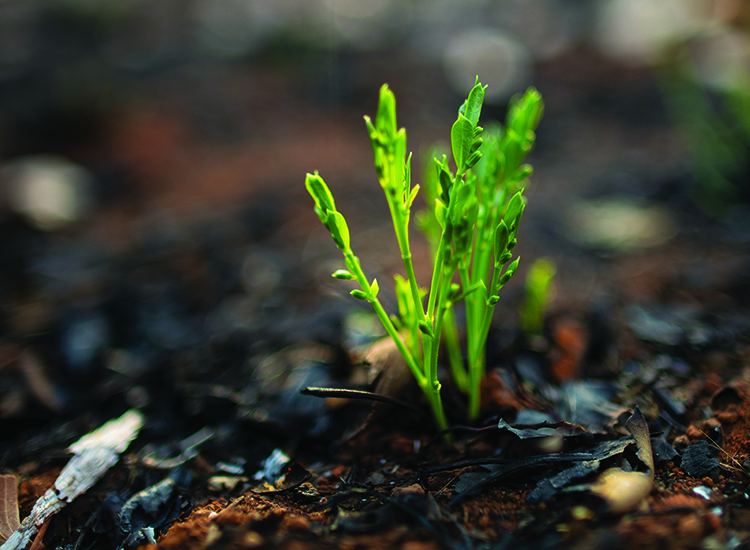
From the ashes: The 2019–20 wildfires and biodiversity loss and recovery
Monday, 31 August 2020 -
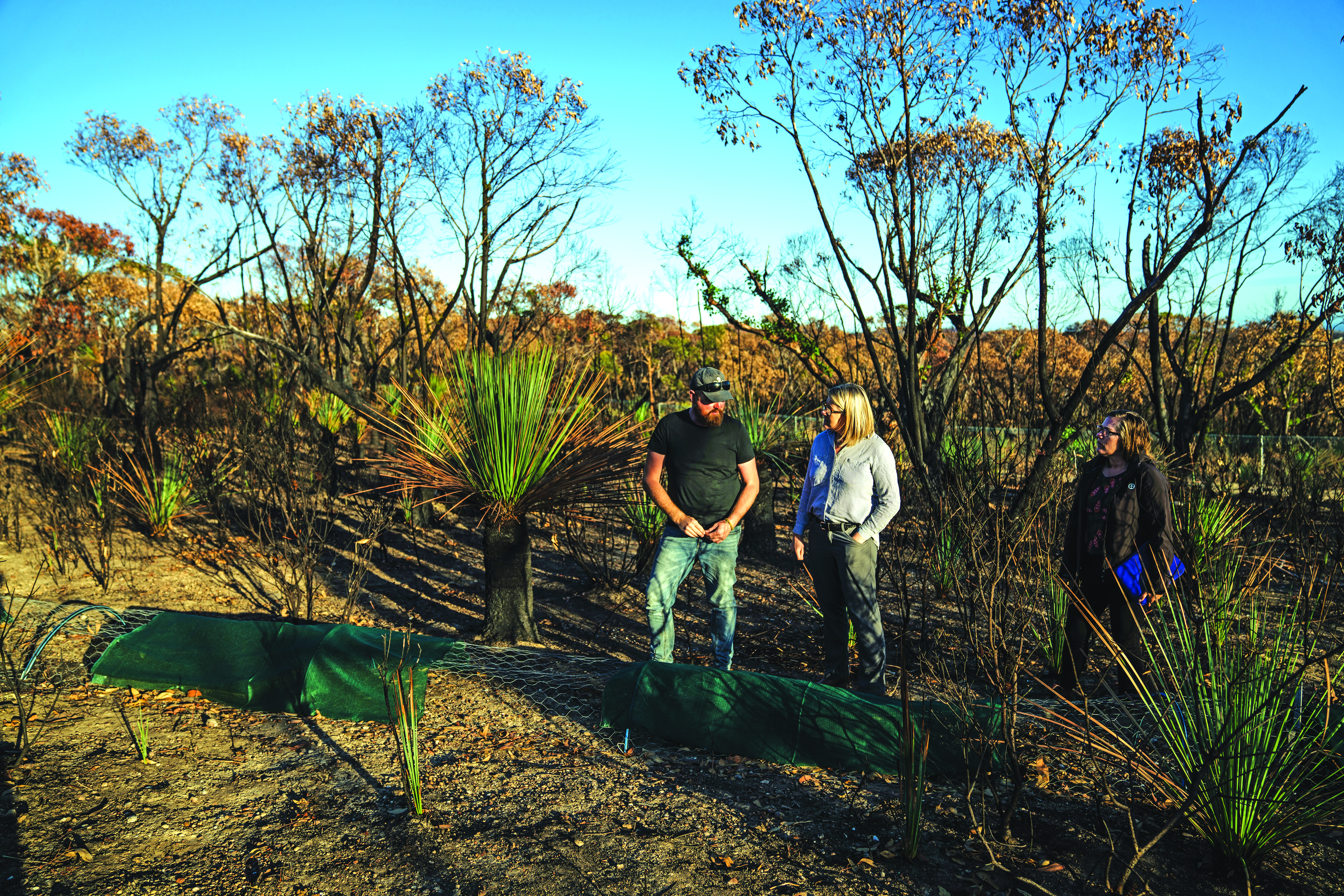
Rapid action to save species after the fires
Monday, 31 August 2020 -
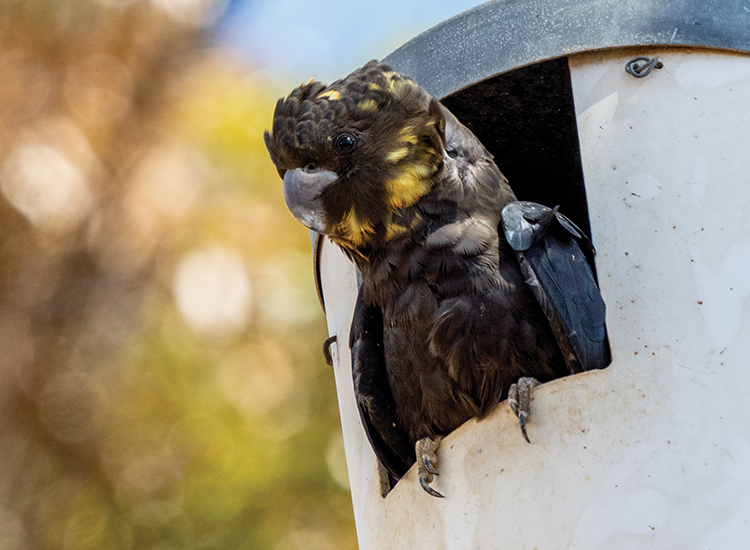
Prioritising action for animal species after the fires
Tuesday, 01 September 2020 -
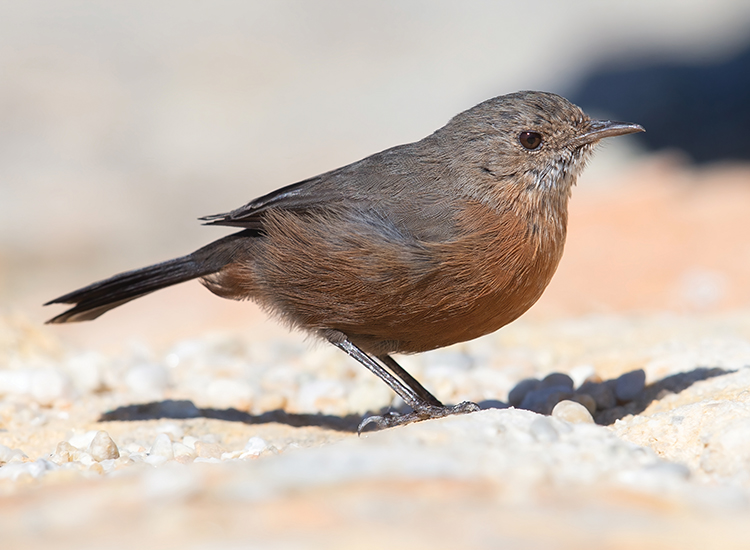
Protecting persistence: Listing species after the fires
Tuesday, 01 September 2020

